Breast Cancer Gaps Project works to address racial inequalities in breast cancer
October 24, 2022Blue Cross and Blue Shield of Minnesota is supporting the work of Breast Cancer Gaps Project to reduce breast cancer screening, diagnosis, and treatment gaps for Black women and women of color. Breast Cancer Gaps Project works with community members and health systems to close the gaps in breast cancer infection and mortality rates and make inspired change led by Black women.
Racial inequities in breast cancer
While cancer mortality rates have declined in the United States overall, Black people continue to be disproportionately impacted by cancer, live the shortest amount of time after a cancer diagnosis, and have the highest mortality rates from cancers in the nation. Black women are 41% more likely to die from breast cancer than White women, despite being less likely to be diagnosed with it. Additionally, Black women continue to have the highest breast cancer mortality rate of all racial and ethnic groups.
High mortality rates of Black women from breast cancer are seen across all income levels. For example, Highland Park, a middle-class neighborhood in St. Paul, has the same mammography screening rates for Black women as the Phillips neighborhood, where the average income is $30,000.
Racism, not race, as driving force behind cancer rates
For too long, medical professionals and researchers attributed higher rates of cancer and illness solely to individual genetics and race, rather than looking at the impact of racism on health. There is no biological basis for higher rates of cancer and cancer mortality in Black communities – rather these inequities stem from centuries of structural racism, unequal access to healthcare, and underinvestment.
Today, doctors, medical researchers, and social scientists recognize that racism is a root cause of high cancer mortality rates for Black people. According to the American Cancer Society, “disparities are complex but are likely rooted in structural racism, which contributes to inequalities in the social determinants of health, including access to care. Socioeconomic differences are linked with having more risk factors for cancer and other diseases and less access to high-quality and timely cancer prevention, early detection, and treatment.
Black women and women of color are less likely to live near a breast-imaging center than their white counterparts and also less likely to be insured, which profoundly affects the ability for cancer screening, early breast cancer detection, access to treatment, and completion of therapy. A report commissioned by the Kaiser Family Foundation found that in addition to lack of insurance and access to quality care, discrimination within the healthcare system and social and economic inequities were key drivers of cancer disparities.
“It’s important for healthcare to recognize racism as a root cause of illness, early death, and inequitable health outcomes in Black communities,” said Bukata Hayes, Chief Equity Officer and Vice President of Racial and Health Equity for Blue Cross and Blue Shield of Minnesota. “The high mortality rates of Black women from breast cancer are not inevitable – they are unacceptable."
"We must prioritize increasing access to quality healthcare and preventive measures and address the ongoing devastation of racism on the health of our communities.”– Bukata Hayes, chief equity officer and vice president of racial and health equity
Community co-design to close the gaps in breast cancer mortality
The lived experience of Black women is central to the work of Breast Cancer Gaps Project and informs their work at all levels. Breast Cancer Gaps Project uses community co-design — a participatory method where community members are equal collaborators in the design process – to develop solutions that reduce racial inequities in breast cancer rates. Through this process, Breast Cancer Gaps Project brings together community members, leaders from breast cancer clinics, radiology clinics, public health officials, breast cancer screening programs, nonprofit organizations, and businesses, to increase access to preventive care and breast cancer treatment for Black women.
“Through our collaboration with Breast Cancer Gaps Project, we are helping to close breast cancer mortality gaps, rebuild trust in healthcare, and center the needs and lived experiences of Black women,” said Rosemond Owens, Director of Health Equity Integration at Blue Cross and Blue Shield of Minnesota.
The COVID-19 pandemic worsened existing racial inequities in breast cancer screening rates and limited access to care for most people. Overall, women had fewer mammograms and received less preventive care during the pandemic. Black women and women of color experienced greater reductions in breast cancer screenings between 2020-2021 compared to their white counterparts.
Breast Cancer Gaps Project is working to address this by helping community members access mammograms, stressing the importance of early screening for breast cancer, and empowering Black women to share their own stories of hope and survival.
To learn more about Breast Cancer Gaps visit www.breastcancergaps.org

